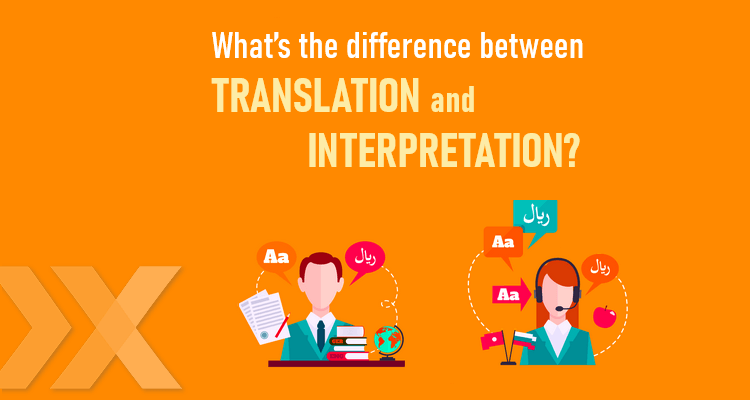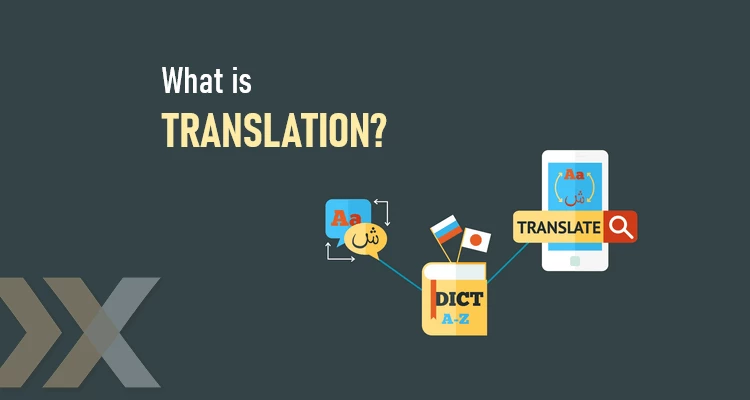In today’s era of globalization, cultural, economic, and educational exchanges among nations are increasingly developing. Alongside this, the demand for translation services in meetings, conferences, press conferences, contract negotiations, etc., by individuals, organizations, and businesses is also on the rise. The process of translating these contents is called interpreting.
However, most individuals and businesses, when the need for interpreting arises, still do not fully understand the details and basic requirements of this service, causing difficulties, time loss, and expenses in the process of finding a reputable and quality interpretation service provider.
In this article, let’s explore in detail the concept of “interpretation” as well as the specific characteristics and important roles of the “interpretation” service, together with Lotus Localize.
1. Overview of Interpretation
1.1. Concept
Interpreting is the process of converting text or speech from one language to another so that the content and meaning of the message are preserved. This can be done using human interpreters or machine translation tools.
The goal of interpreting is to help listeners or readers understand the message in the original language they do not comprehend, opening the door for communication and information exchange between different languages and cultures.
The difference between translation and interpretation lies in the scope and methods of implementation. Translation typically applies to textual documents such as books, newspapers, websites, or technical documents. Translators often have time to research and understand the context, and specific vocabulary in the document. This process is carried out carefully to ensure accuracy and convey the original meaning of the document.
On the other hand, interpretation is often applied to spoken words or direct real-time interactions, such as in conversations, speeches, or direct interactions between two or more people. Interpreters often need to operate quickly and interpret context without pre-research. The interpretation process requires flexibility and the ability to handle sudden situations to convey meaning smoothly and effectively.
1.2. Role of Interpretation
The role of interpretation is crucial in many aspects of life and cross-language communication. Here are some important roles of interpretation:
- Conveying Information: Interpretation helps convey information from one language to another, making it accessible and understandable by speakers or readers in the target language. In international trade, interpretation plays a crucial role in connecting businesses and facilitating global trade transactions. It helps companies engage in the international market and creates opportunities for global cooperation and development.
- Creating Conditions for Global Development: Interpretation can promote global economic and social development by facilitating information exchange, collaboration, and innovation on an international scale.
- Cultural Integration: Interpretation helps build cultural bridges, enabling people to understand and empathize with each other through different expressions and cultures.
These roles highlight the importance of interpretation in connecting and conveying information between different languages and cultures, contributing to global understanding and integration.
2. Common Interpretation Services Today
Common types of interpretation services today include:
Legal Interpretation: This type of interpretation is often used in legal and security fields. Interpreters assist police and lawyers in communicating with individuals who do not speak the same language during investigations or court proceedings.
Medical Interpretation: In the healthcare field, interpretation plays a crucial role in allowing doctors and healthcare staff to communicate with patients who do not speak the language. This ensures accurate communication of health conditions and treatment information.
Industrial Interpretation: In industrial and technical environments, interpretation is used to convey information about products, manufacturing processes, and technology between languages to support international collaboration.
Conference and Speech Interpretation: In international conferences, events, and speeches, interpreters convert spoken words from one language to another to ensure that the audience or participants understand the content.
Online and Telephone Interpretation: Online and telephone interpretation services allow users to make calls or access websites for quick interpretation services.
Audio and Subtitle Interpretation: This type of interpretation involves converting audio or video content from one language to another, often accompanied by adding subtitles to allow viewers to understand the content.
3. Methods of Performing Interpretation
There are several common methods for performing interpretation, depending on the type of interpretation and specific goals. Here are common ways to carry out interpretation:
Simultaneous Interpretation: Interpreters translate immediately as the speaker is speaking. This method is often used in international meetings or large conferences with the support of headsets.
Consecutive Interpretation: Interpreters wait for the speaker to complete a speech before starting the interpretation. This method is often used in small meetings or courtrooms.
This detailed exploration provides insights into the concept of interpretation, its specific characteristics, and its significant roles in facilitating communication and understanding across different languages and cultures.
4. Interpretation Procedure
Define Objectives and Requirements:
First, the interpreter needs to clearly understand the objectives of the interpretation and the specific requirements of the task. This includes determining the source language (original language) and the target language (destination language).
Research and Preparation:
Interpreters should research the context and topic of the interpretation to have a deeper understanding of the documents or conversations they will be involved in.
Identify Support Tools:
Depending on the type of interpretation, interpreters may need to use support tools such as computers, translation devices, or simultaneous interpretation headsets.
Conduct Interpretation:
In simultaneous interpretation, interpreters translate immediately as the speaker is speaking. They need to focus and convey the message smoothly and accurately.
In consecutive interpretation, interpreters wait for the speaker to complete a speech before starting the interpretation.
Check and Correct Errors:
After completing the interpretation, interpreters should review the content to ensure that it accurately conveys the intended meaning and contains no grammar or spelling errors.
Deliver Interpretation Content:
Interpreters convey the interpretation to the customer or the audience/reader as per the initial request. This can be done through speech, text, or various other media.
Feedback and Adjustment:
Interpreters need to listen to feedback and make necessary adjustments if there is feedback or adjustment requests from the customer or users of the interpretation.
Documentation Report:
Interpreters may create a report documenting the work process, implementation time, and other aspects of the interpretation.
This interpretation process helps ensure that the message is effectively and accurately conveyed between different languages













